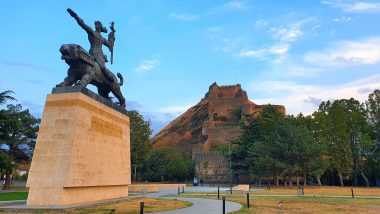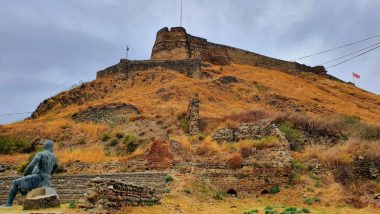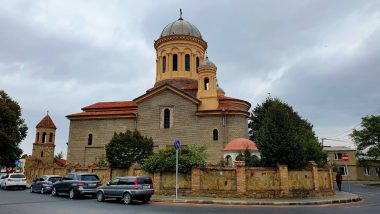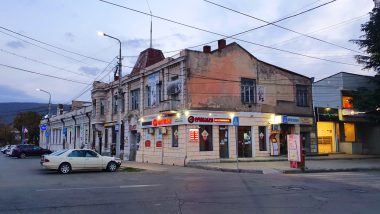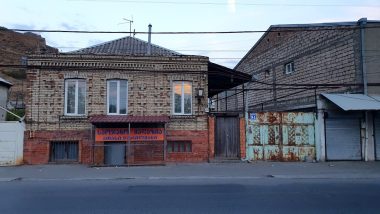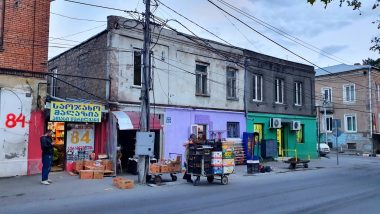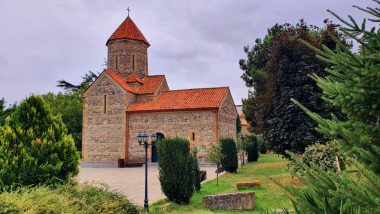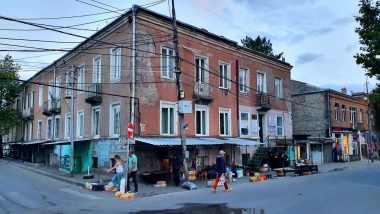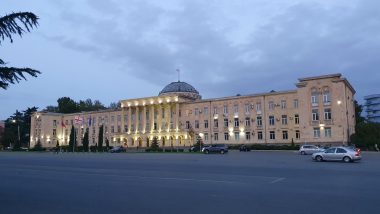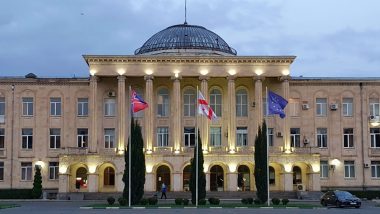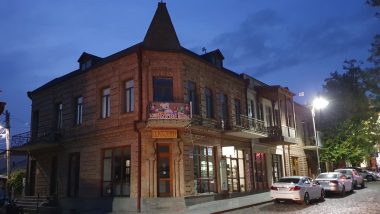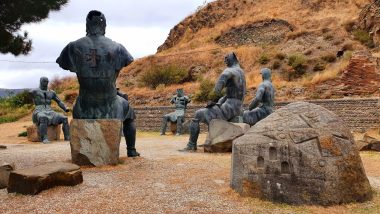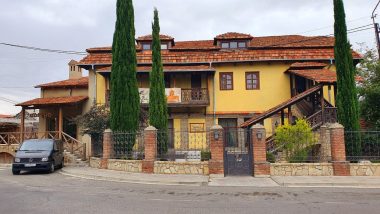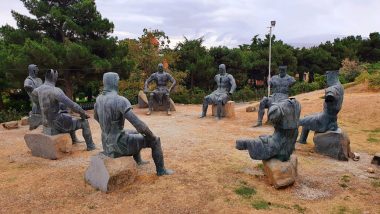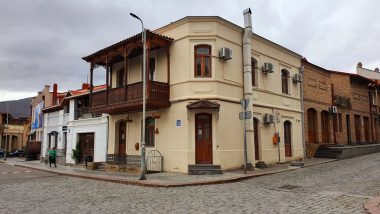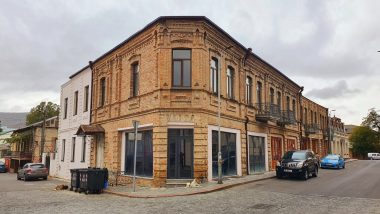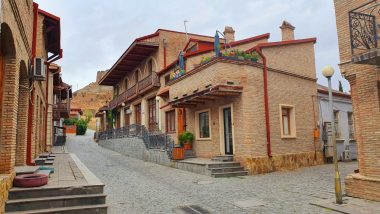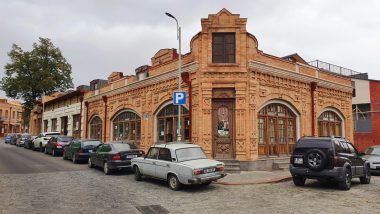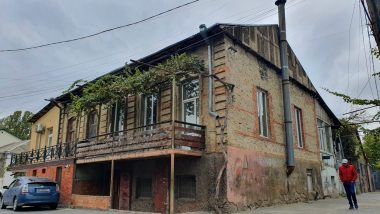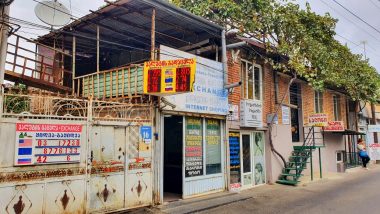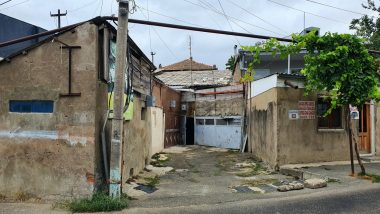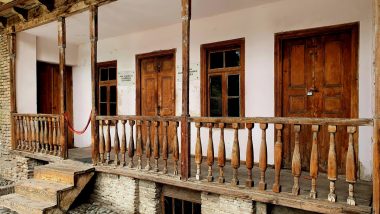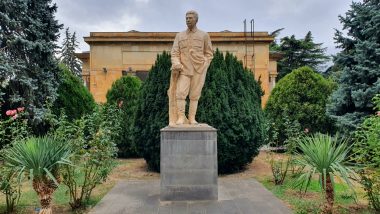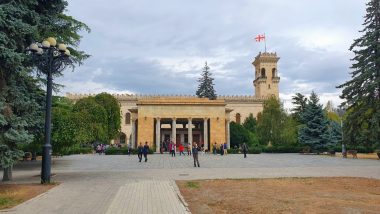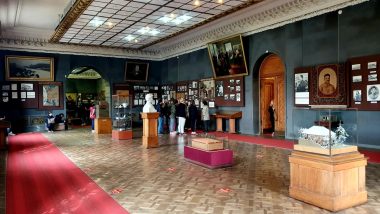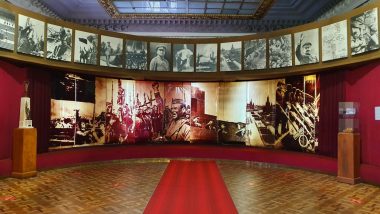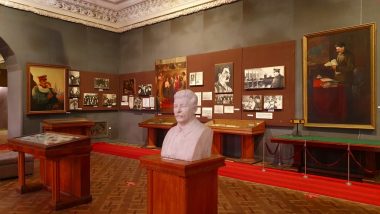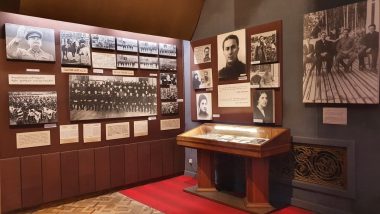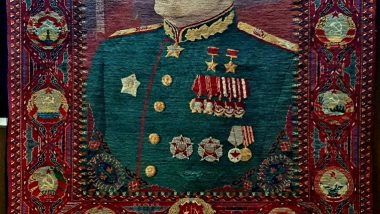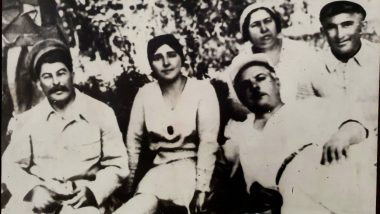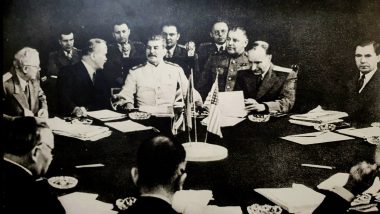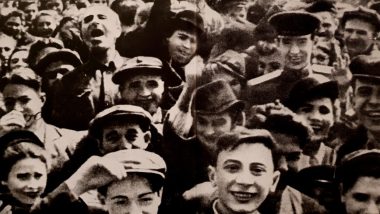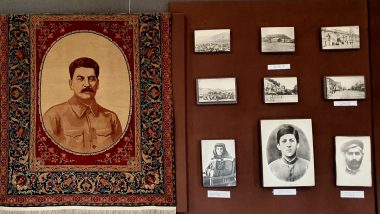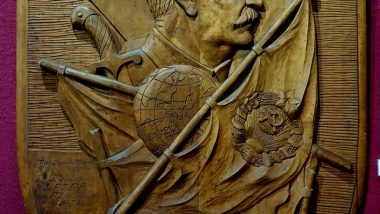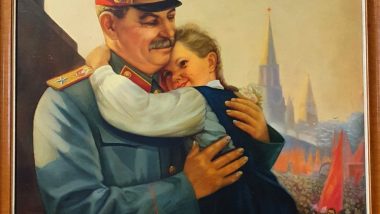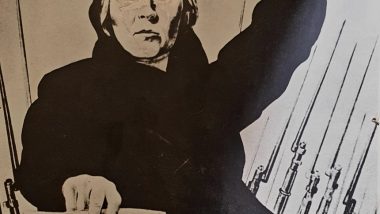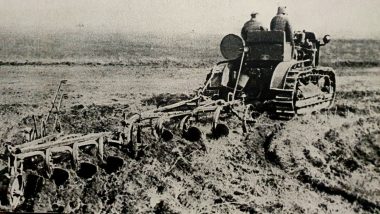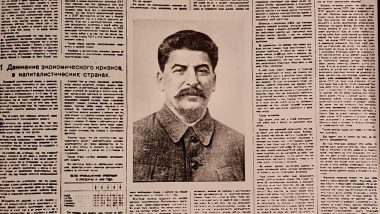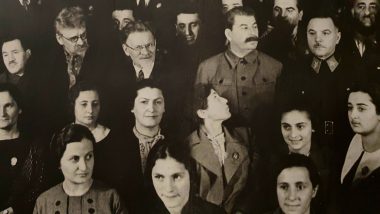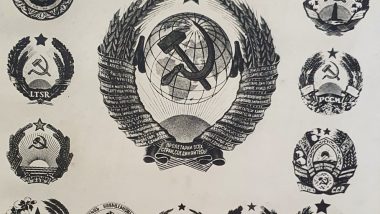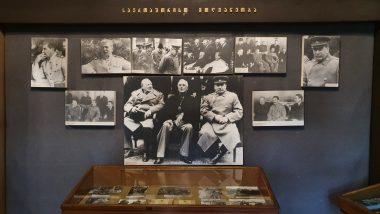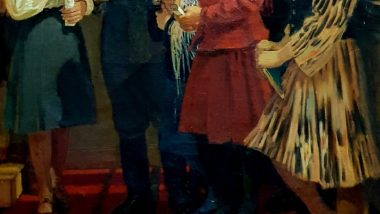Gori has long been synonymous with Joseph Stalin, who was born and went to school here. During his rule of the Soviet Union, the town’s center was rebuilt to his neoclassical tastes, and even today, much of the downtown area is defined by its Stalinist architecture. Although the large Stalin Museum (🎫 15 GEL) is the town’s best-known attraction, it makes no serious attempt to present a balanced account of Stalin’s career or deeds. Instead, it remains, much as when it opened in 1957, a reverent homage to the Gori boy who became a key figure of 20th-century history – although displays do now at least refer to the purges, the Gulag, and his 1939 pact with Hitler. The Dzhugashvili family’s wood-and-mud-brick house, where Stalin lived for the first four years of his life, is reverentially preserved outside. After that, we walked the city below the partially reconstructed oval citadel, mainly dating from the Middle Ages, with 17th-century additions. At its northeast foot, a circle of eight mutilated metal warriors forms an eerie memorial to those lost in the 2008 war with Russia over South Ossetia (whose border is just 13km north of town). Russia bombed Gori with at least 20 civilians killed, and the town fell under Russian control for ten days.
Parking location – Gori: 41.987532N 44.105258E



